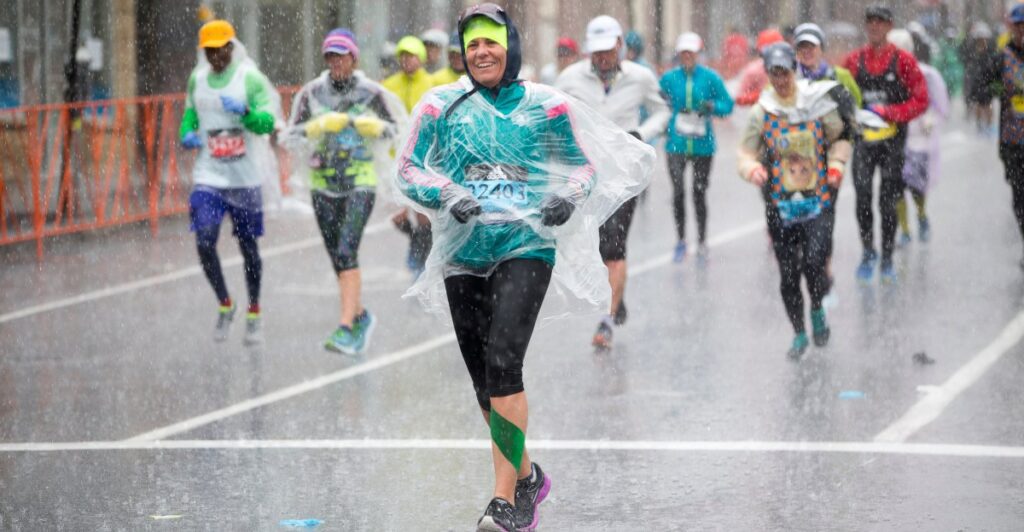Boston Marathon Prize Controversy: Addressing Gender Inequities
In 2004, the Boston Marathon made significant changes to enhance the visibility of female athletes by allowing the top women runners to start 30 minutes earlier than the rest of the field. The intention was to give elite female participants a chance to compete without being overshadowed by their male counterparts. However, this setup led to unforeseen complications, particularly in 2018 when three outstanding female finishers found themselves unable to claim the prize money they would have qualified for had they been men.
Prize Money Adjustments in 2018
On Thursday, the Boston Athletic Association (BAA) announced a decision to award prize money to three women who claimed top 15 finishes, along with two competitors in the Master’s Division over 40. This decision came in response to valid concerns regarding the inequities created by the race’s starting format. “Given the nature of this year’s race, we want to recognize and celebrate some of the performances that made this year’s race special,” the BAA commented in an official statement.
The Starting Format Explained
Understanding the Boston Marathon’s starting format is crucial to grasp the issues surrounding the 2018 race. The “elite women,” approximately 46 of the fastest female runners, started at 9:32 am, while another group of female runners began at 10:00 am alongside male competitors. This structure unintentionally created scenarios where skilled female athletes, such as Jessica Chichester, Veronica Jackson, and Rebecca Snelson, finished among the top 15 yet weren’t eligible for prize money because they were not in the elite group at the race’s start.
Implications for Female Runners
The Boston Marathon’s setup has been criticized for its disparity between male and female runners. Male contestants who began in the first wave could still compete for prizes even if they started behind elite runners. In contrast, female athletes outside of the elite cohort lacked that opportunity. This rule impacted Chichester, who placed fifth with a time of 2:45:23 and would have received a $15,000 prize, highlighting the limitations female runners face in this prestigious race.
A Call for Change
As discussions around these disparities grew, voices within the marathon community emphasized the need for reevaluating prize money distribution and race formats. While the BAA insisted their rules aim for fairness, they acknowledge the unique circumstances of 2018’s race. “This year is different; we’re taking the time to consider any changes moving forward,” stated T.K. Skenderian, the BAA’s communications director. Observers note that updating these rules could provide female athletes with more equitable opportunities in future competitions.
Broader Context of Gender Inequality in Sports
The BAA is not alone in facing challenges regarding gender inequality; many marathons around the world, including the New York City Marathon, operate under similar structures where men and women have different eligibility criteria for prizes. Skenderian emphasized that the Boston Marathon’s prize money structures for elite men and women have been equal, but many argue it’s time for an overhaul that actively includes competitive women who can finish among the top racers.
Conclusion: The Need for Equitable Solutions
The Boston Marathon has historically represented progress for women’s participation in athletics, but the 2018 prize money controversy indicates that lingering inequities need to be addressed. Efforts toward gender equality in sports must go beyond well-intentioned rules; they should actively dismantle barriers that prevent talented female athletes from receiving the recognition and rewards they rightfully deserve. As discussions continue, it is crucial for organizations to rethink frameworks that perpetuate outdated norms and embrace a more inclusive future for all athletes.
In this article, the primary keyword focus is “Boston Marathon Prize Money” to enhance SEO while ensuring the content remains informative and neutral. The article includes relevant backlinks to pertinent information for further reading.
